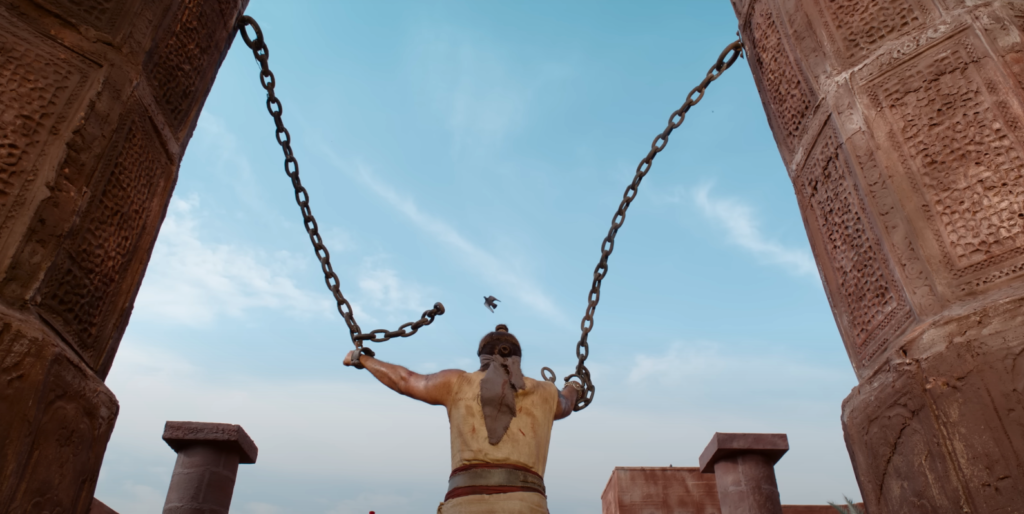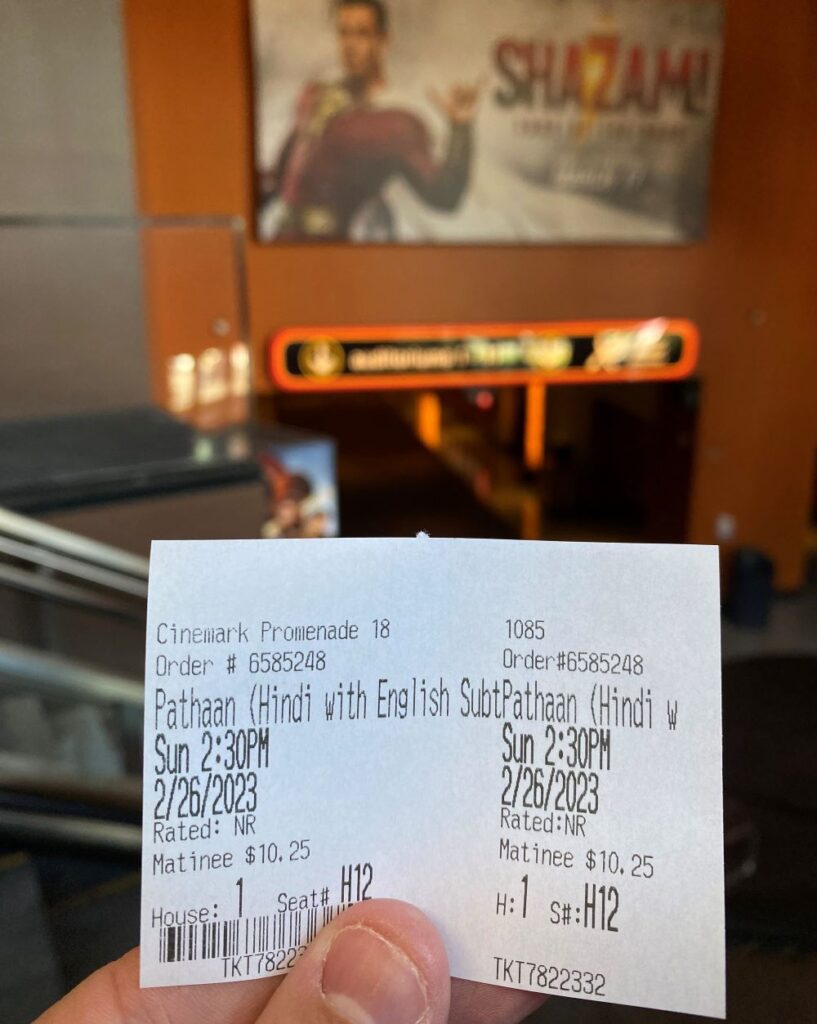Malayalam Movie Review: Malaikottai Vaaliban offers rousing action and visual references to push past wobbly drama, unsatisfying ending

Malaikottai Vaaliban begins with a strong evocation of the spaghetti Western, but its genre influences certainly do not stop there. (Somewhat peculiarly, it’s the second Indian film of the month to pay homage to the ’60s-born subgenre, following Captain Miller.) This is a movie steeped in visual references, made by a director (Lijo Jose Pellissery) whose love for international cinema overflows each frame. There are also several sequences that vividly recall both samurai and wuxia films, not just in terms of story content, but film language. Many recent Indian movies have felt like something Quentin Tarantino might have cooked up in terms of their stories, characters, and depictions of violence, but Malaikottai Vaaliban is the first that recalls Tarantino in the way that it fully leverages composition, color, and sound to create a subversive tribute to beloved films of the past.
The story itself is simple: a few hundred years ago, Malaikottai Vaaliban (played by Mohanlal, icon of Malayalam cinema) is a vagabond warrior who travels from one village to the next to challenge the strongest fighter they each have. Possessing both gravity-defying strength and delicate action finesse, he has never lost a match. Even though Vaaliban could easily use his might to reign over one of these towns for years to come, he chooses to simply celebrate each victory for an evening and beds a new woman before moving on, as though staying in motion is his sole moral obligation. His only two fellow travelers are his mentor and adoptive father Ayyanar (played by Hareesh Peradi) and Ayyanar’s son Chinnappayyan (played by Manoj Moses). Well, that is until Chinna finds a woman of his own, whom he can’t bear to abandon; suddenly the whimsical Jamanthipoovu (played by Katha Nandi) is along for the ride as well.
White Guy Watches Bollywood: An Introduction

By nearly anyone’s definition, I’m a highly avid moviegoer. I see around 150-200 movies in theaters over the course of an average year; occasionally, I make it north of 250. This pales in comparison to my totals during college and graduate school, but my 34-year-old body can’t handle more than three theatrical viewings in a row, which used to be somewhat commonplace for me on the weekends. I subscribe to AMC A-List, Regal Unlimited, and MoviePass, because my moviegoing can’t be contained to just one chain or another. I see movies of all budget levels, genres, and languages. But even I have a big, notable blind spot at the multiplex, shared by many other frequent moviegoers: Indian cinema.
Two events last year really convinced me that I needed to be paying a lot more attention to all of the Indian films being released theatrically in the U.S. (and across other formats, but theaters are a good, reasonably contained starting point).
The first event was the smashing success of S.S. Rajamouli’s RRR among American cinephiles. Here was a Tollywood movie that made countless year-end Top 10 lists among critics and fanatical moviegoers alike (mine included), thanks in no small part to the enterprising support of Dylan Marchetti and Variance Films. And yet, a little more than a year after its initial release, RRR already seems like more of a one-off phenomenon than an attention-generator for future Indian cinema among American audiences. Surely, there must be more for us to savor.

